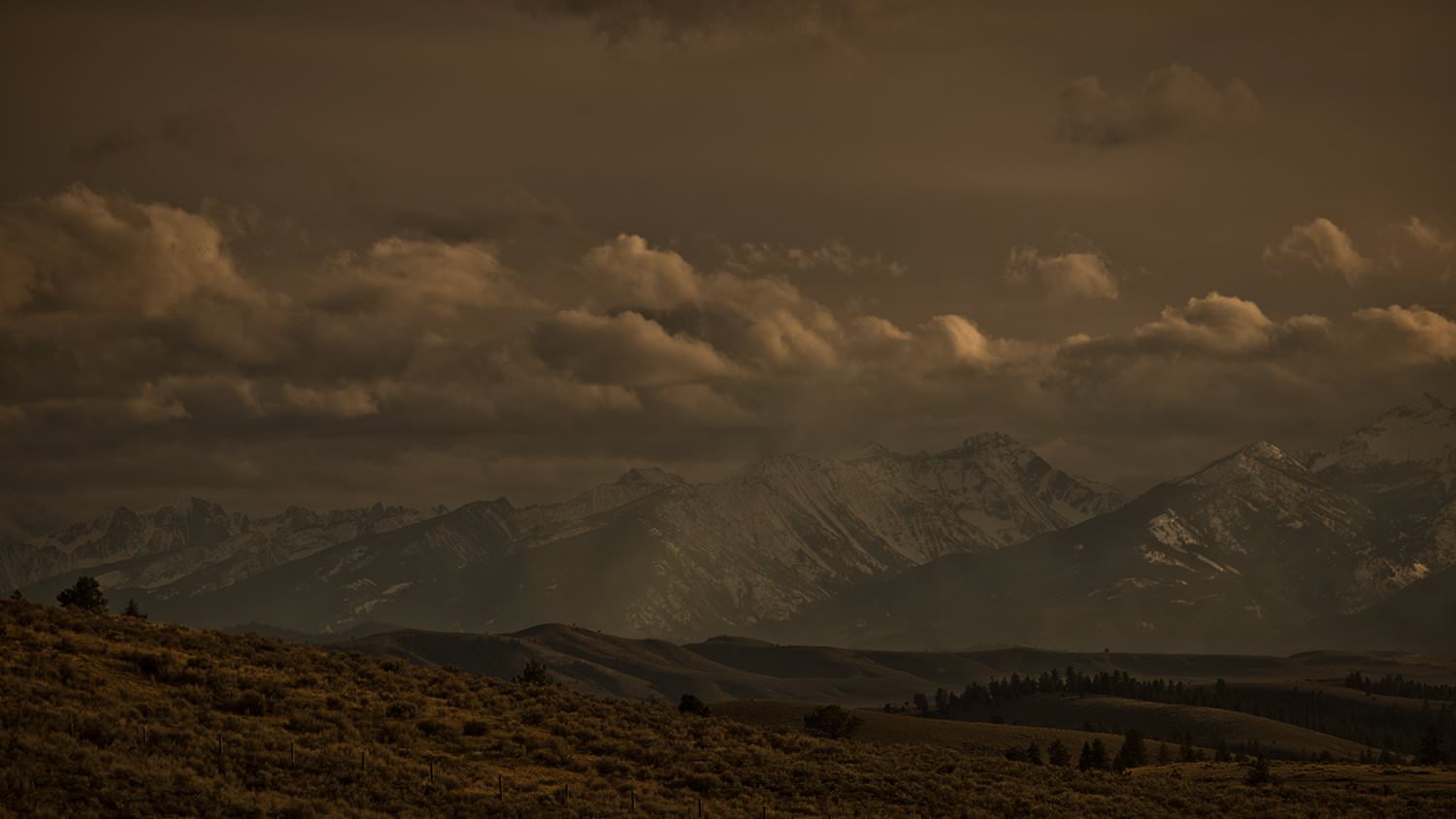How Wildlife Watching Impacts the Economy
- January 17, 2018
- By Team Realtree
- Research

While the economic impact of spending by hunters and anglers on the U.S. economy is substantial and a topic that we frequently cover here at the Realtree Business Blog, it’s worthwhile to look at the huge effect of wildlife-related recreation in general. After all, people who participate in activities such as viewing, photographing and feeding wild animals and birds invest in travel, equipment and clothing in their non-consumptive pursuits.
Every five years, the U.S. Fish & Wildlife Service releases its National Survey of Fishing, Hunting, and Wildlife-Associated Recreation. This detailed document relies on detailed census data and questionnaires to gauge participation trends in outdoor activities. Here are some key takeaways from the 2016 report, which was released in August 2017.
In 2016, more than 101 million Americans participated in some sort of fishing, hunting or other wildlife-associated recreation. Those people represent a remarkable 40% of the U.S. population. Their spending, on equipment, travel, license and fees, estimated to be $156.3 billion in 2016, represent 1 percent of our nation’s Gross Domestic Product.
The report states: “More than 86 million people (16 years and older) fed, photographed and observed wildlife in 2016. They spent $75.9 billion on these activities.”
The report notes that incidental wildlife observations (for example, while gardening) are not counted as part of the survey. To be counted, a participant must either take a “special interest” in wildlife around their home, or take a trip for the “primary purpose” of wildlife watching. Of the 86 million participants, 28%, or 23.7 million, took trips away from home, while 94% (81.1 million) took an interest in wildlife around their home.
Of the 81.1 million “around the home” participants, feeding wildlife was the most popular activity at 69% (59.1 million). Some 43.8 million people (51%) observed wildlife and 30.5 million (35%) photographer wildlife around their home. Nearly 11.4 million (13%) visited parks or natural areas to observe wildlife, and 11 million (13%) maintained plantings for natural areas for wildlife within a mile of their home.
Approximately 25% of all wildlife watchers took trips a mile or more from home to observe, photograph or feed wildlife. Some 13.7 million people (58%) photographed wildlife away from home.
Comparisons to the 2006 and 2011 surveys show a measurable increase, (21% and 20%, respectively) in overall wildlife-watching participation. A standout increase in spending was in the category of “special equipment,” which captures high-cost items such as ATVs, campers and boats. This category increased 186% from 2006 to 2016.
Another increase, stated in terms of 2016 dollars, is the average wildlife watcher expenditure, which grew from $767 to $882.
Editor’s Note: We look forward to sharing and updating trending economic data, along with news from our more than 2,000 licensing partners, as it becomes available. Check back here often!
The latest research reports:
TOP 10 HUNTING STATES IMPACTING THE U.S. ECONOMY
PONDERING U.S. WATERFOWL HUNTING NUMBERS
